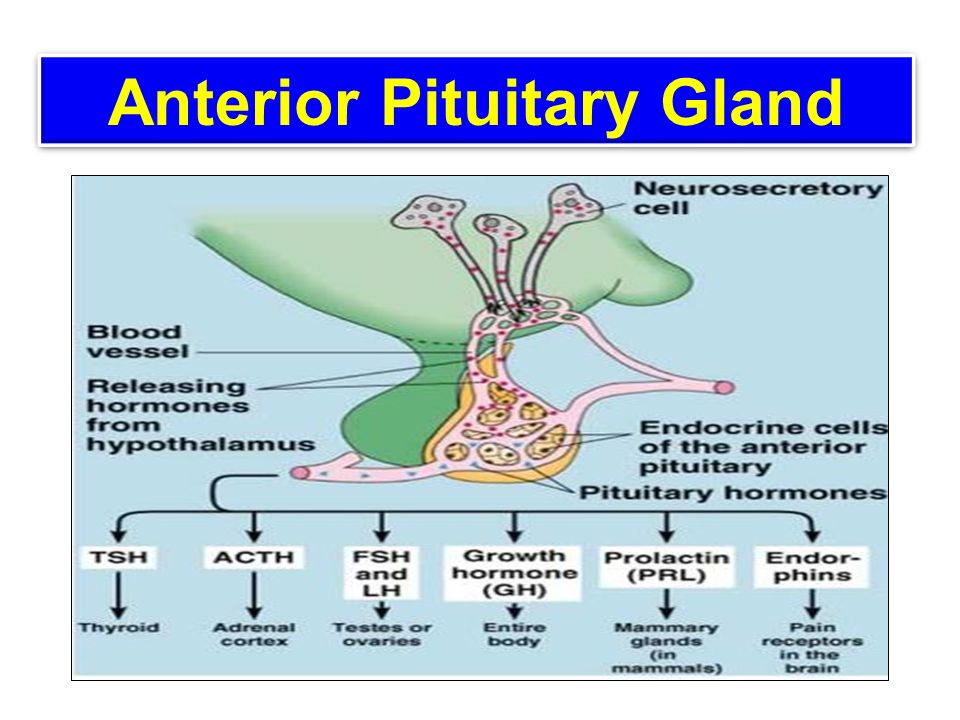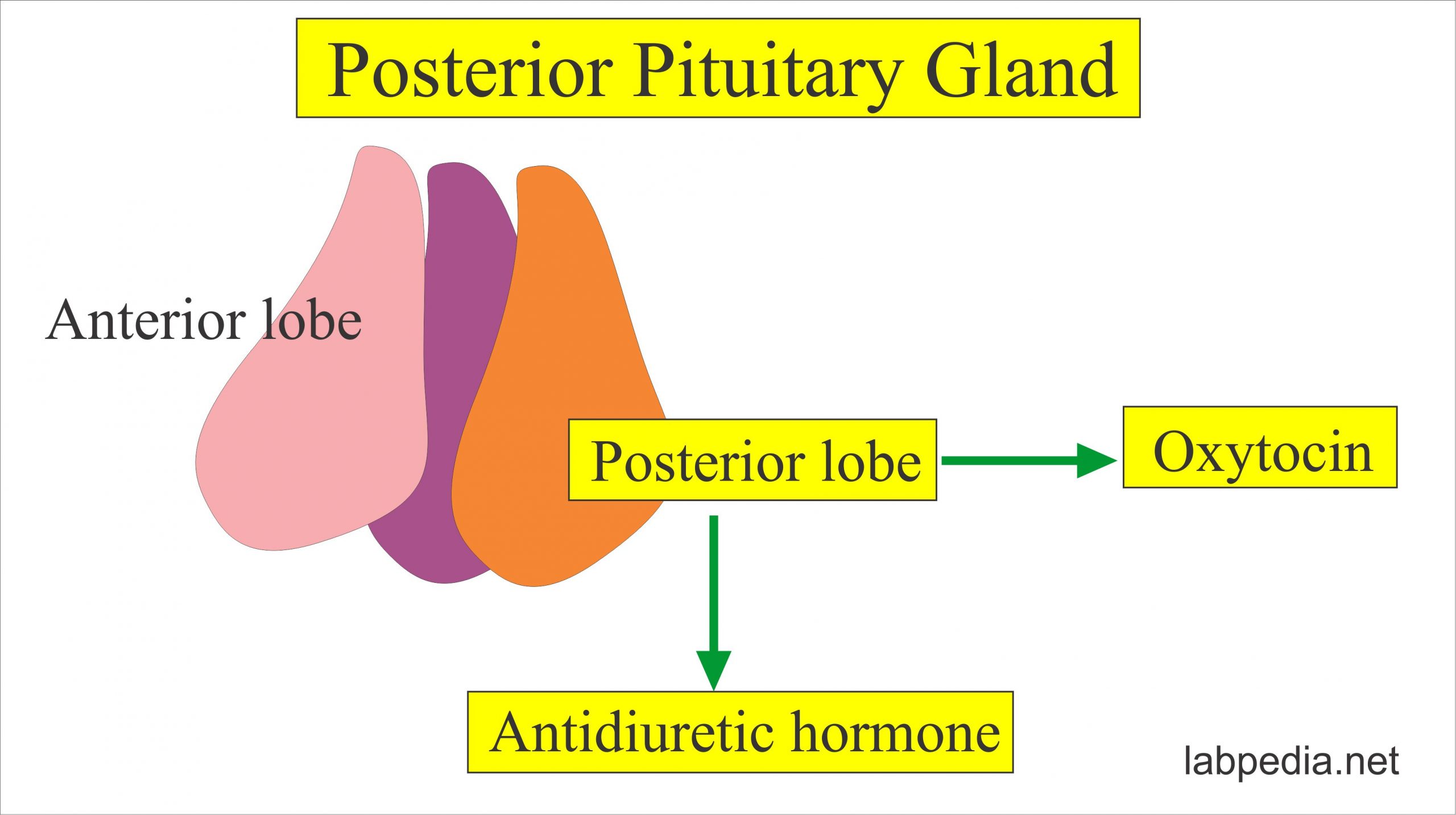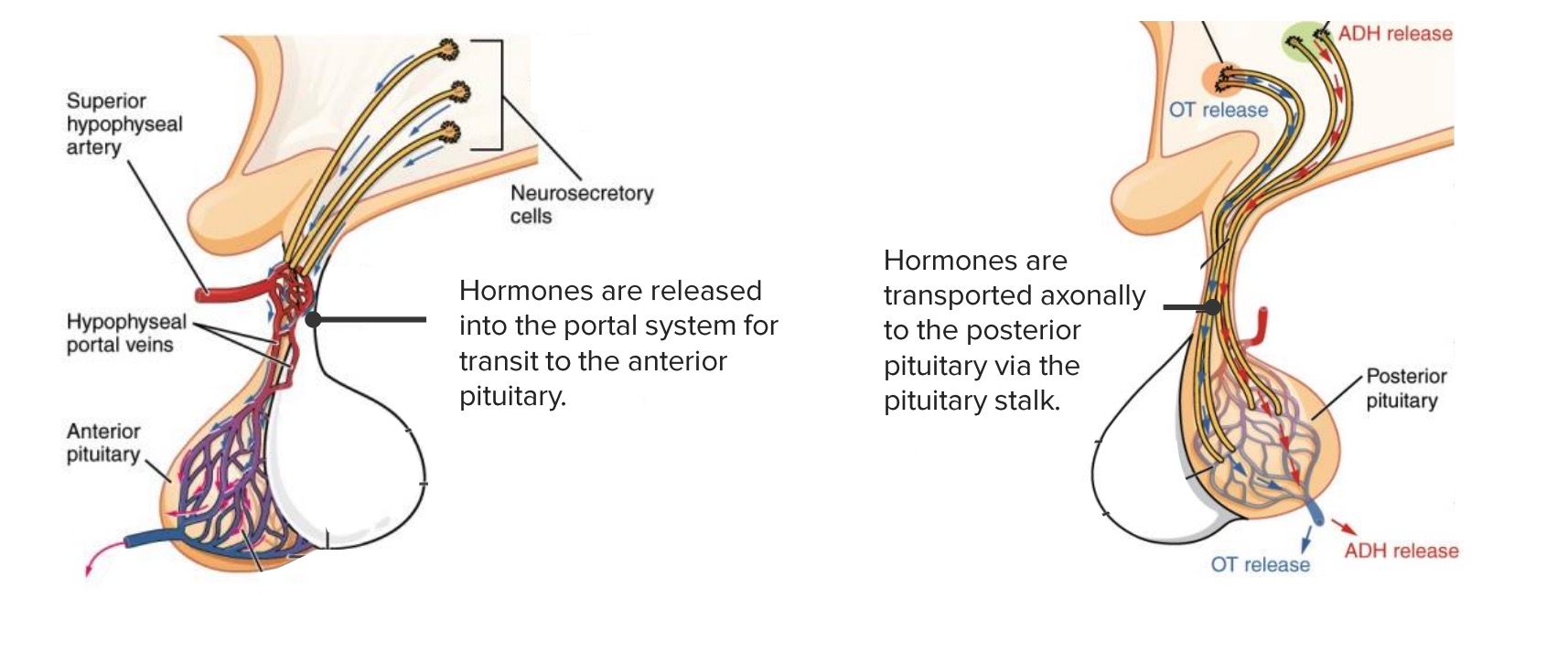


Plasma osmolality changes of as little as 1-2% are detected by hypothalamic osmoreceptors. The change in osmolality is sensed by osmoreceptor cells present in the hypothalamus which transmit signals to cell secreting ADH (supraoptic and paraventricular nuclei). When the osmolality of the plasma is increased (as in dehydration or high salt level) the rate of discharge of vasopressin from the posterior pituitary increases leading to water retention by its action on the kidney.

The release of ADH is controlled by a feedback mechanism that acts to maintain the plasma osmolality close to 290 mOsm/L. The effect of ADH on the kidney has more physiologic importance, Under normal conditions, vasopressin is the primary endocrine factor that regulates urinary H 2O loss and overall H 2O balance, In contrast, typical levels of vasopressin play only a minor role in regulating blood pressure by means of the hormone’s pressor effect. The vasoconstrictor of ADH is important in the maintenance of arterial pressure in hypotensive conditions, such as hemorrhage. Under normal conditions, this action does not significantly alter arterial pressure because it is counteracted by the baroreceptor reflexes. B) On the Blood vesselsĪDH is a potent vasoconstrictor, it acts on vascular smooth muscle, ADH in moderate concentration has a very potent effect of constricting the arterioles so, increasing the arterial pressure. Functions of Antidiuretic Hormone (Vasopressin, ADH): A) On the kidneys:ĪDH increases the reabsorption of water by the kidney, These reduce the excretion of water from the body, The urine becomes concentrated and its volume is reduced (antidiuretic effect), It acts on the distal portions of nephrons (in the collecting duct and collecting tubules), increasing their permeability to water, ADH causes the opening of many protein water channels.


 0 kommentar(er)
0 kommentar(er)
